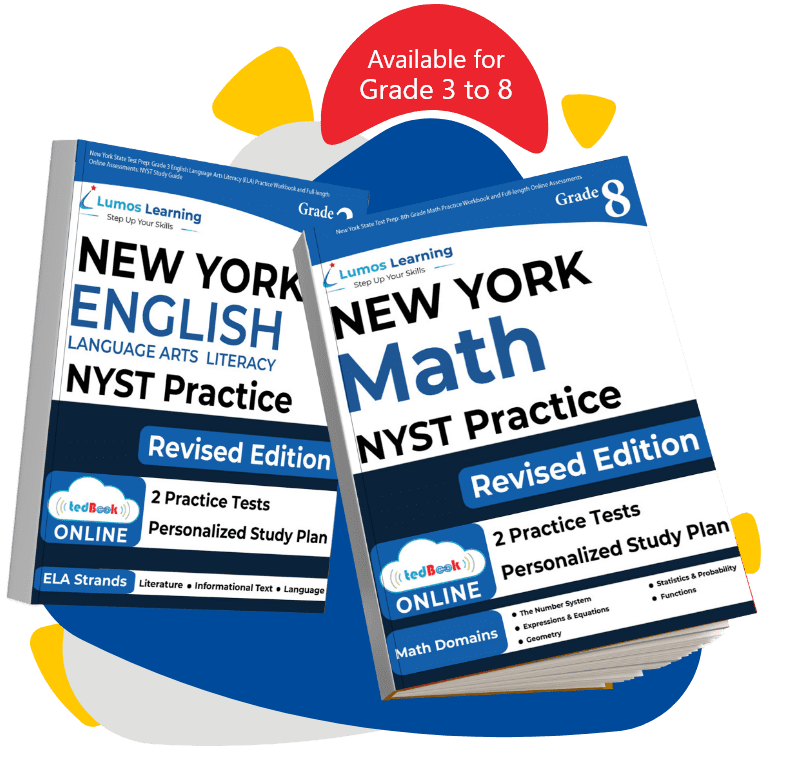

Free Online NYST Practice Test
Assess New York State Test Readiness In 5 Minutes

Identify critical proficiency gaps in Math & ELA Standards

Get instant results with comprehensive feedback
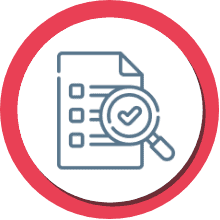
Familiarize students with new item types for NYST 2023-24
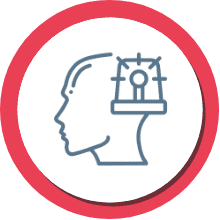
Eliminates test anxiety and boosts student confidence with access to the realistic NYST testing environment
This NYST diagnostic test definitely helped to pinpoint deficiencies so I knew what to review with my child.
Kasia K, ParentThis is an excellent resource to make your kids feel confident with their learning and give them that extra step to succeed.
Donna Sieverson, ParentI get this NYST test to ensure that my students are prepared for their NYST standardized testing.
Renjusree, Educator

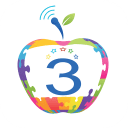
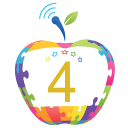
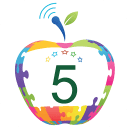
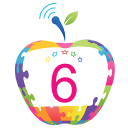

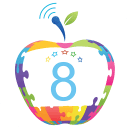
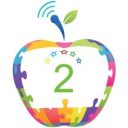


 Schools
Schools Parents/Students
Parents/Students
